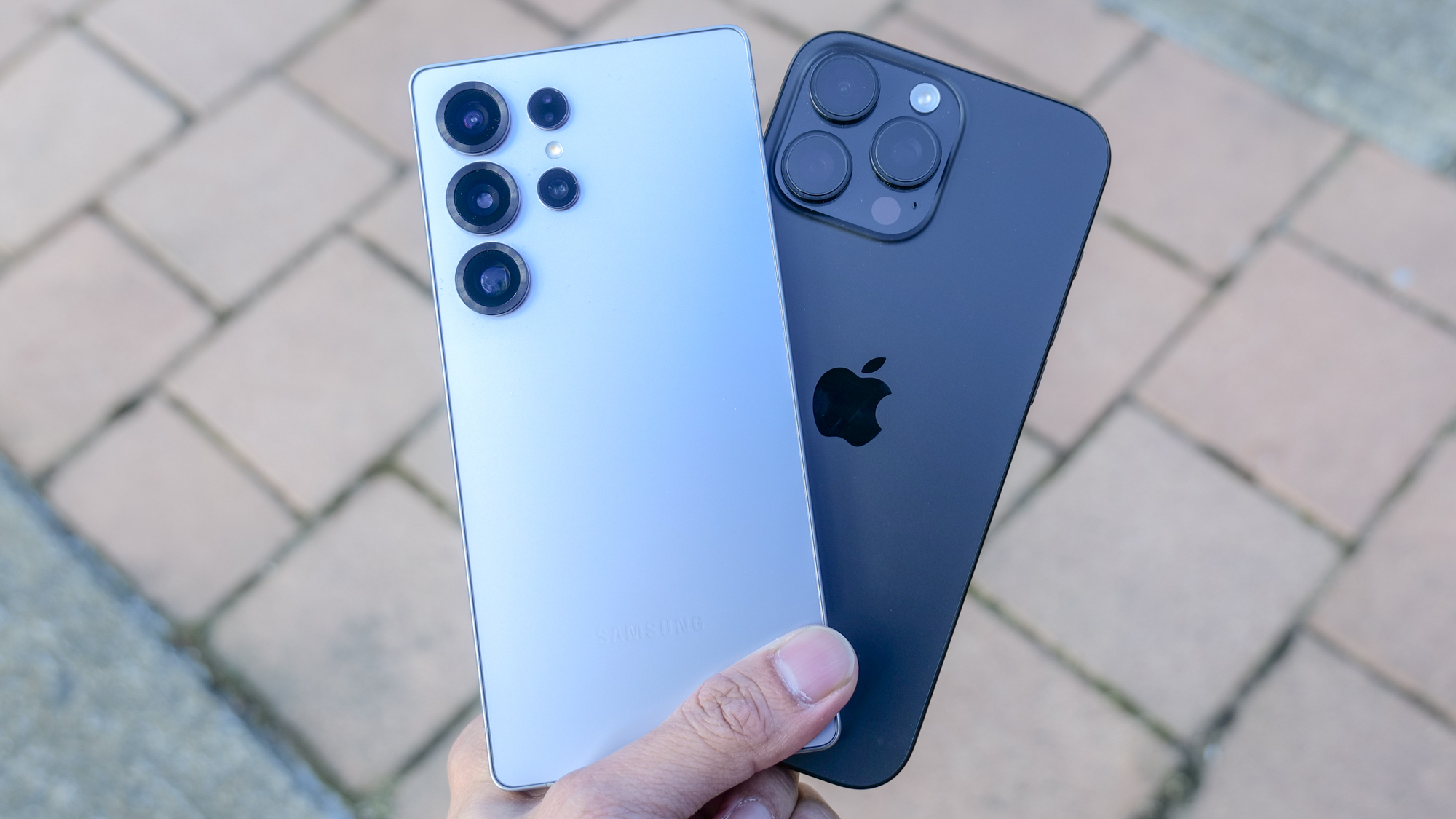How to Reset Your Nintendo Switch Before You Sell It

The Switch 2 is finally out this week, if you were lucky enough to secure a preorder, anyway. If you’re upgrading, you might want to sell your older Switch, if only to offset the higher price tag this time around (to say nothing of tariff impacts). Before you pop your trusty console on eBay, you should make sure to clean it out properly.
Factory resetting any device you sell is good practice—it ensures the buyer doesn’t get access to your accounts, payment info, or other personal information that you might not want a stranger to have. On a device like the Switch, though, there’s a bit more to it. If you have any game save data, screenshots, or video clips you want to keep, you’ll need to take care to preserve those.
If you’re upgrading from a Switch to the Switch 2, then the System Transfer tool will walk you through transferring all your games, save files, screenshots, and clips from your old console to the new one. It’s the most straightforward process for moving into your new console, and it’s the path that’s likely to work for most people.
However, it’s worth noting a couple caveats to this process. First, you need both consoles in hand to start the process. If you’re planning to sell your Switch to help pay for your Switch 2, you might want to try the methods outlined below to back up your data before you have the new console in hand.
Second, the transfer tool is designed to work with a single Nintendo account on a personal console. If you share your Switch with your family or friends—and especially if they’re not part of a Switch Online family plan—then you might need to download or transfer some of their data manually using the processes below.
No matter what method you use for transferring data, you’ll always still need to factory reset your device before selling it. More on that below.
Backup (or transfer) your game save data
Most of your data is stored locally on the Switch, which is convenient for a portable console that might not always have internet access. It’s also a bit of a pain for backing up before you reset your device. To make matters slightly more annoying, Nintendo only supports backing up save data to the cloud if you have a Nintendo Switch Online subscription (fortunately, there are ways to get a free trial).
If you’re already a Switch Online subscriber, you’re (mostly) good to go. Cloud saves are automatically enabled for any games that support it. You can double check if a particular game supports cloud saves, and whether the data is backed up, by highlighting the game on your Home screen, pressing the + button, and selecting Save Data Cloud. Choose the user whose data you want to save and you’ll see when it was most recently backed up.
What about people without a Switch Online membership? Well, you still have an option, it just doesn’t involve the cloud. Head to System Settings from the Home screen, and scroll to Data Management. Here, you can choose Transfer Your Save Data.
This option will only work if your old and new console are in the same place, so if you’re upgrading, you’re better off just using the System Transfer tool mentioned above. For profiles besides the main account holder, though, this can be a helpful tool to make sure no one loses their saves.
Transfer or store your screenshots and clips
If you want to keep the copious amounts of screenshots and 30-second video clips you’ve snagged on your Switch over the years, you have a few options. The System Transfer tool moves them over to your new console, but you can also manually decide where and how to back them up.
Head to System Settings and scroll to Data Management. Here, select Manage Screenshots and Videos, and you’ll find a few useful options. The first is changing the location screenshots and videos are saved to—if you have a microSD card, I recommend changing this to the default save location. The Switch 2 has 256GB of internal space, and the original Switch only has a meager 32GB (or 64GB for the OLED model). Save that space for your games, and put your extra media on the card.
If you’ve done this in the past, your work here might already be done. You can choose to transfer your screenshots and videos from the system memory to the microSD card from this menu, either in total, or by selecting only the ones you want.
What do you think so far?
Finally, you can choose to connect your Switch to a computer and transfer via USB. This is a handy way to offload media if you don’t have a microSD card sitting around. Once you’ve moved your media to something other than the Switch’s internal memory, you’re finally ready for a reset.
Factory reset your Switch
Once you’ve made sure that all your data is backed up and stored safely outside the console, you can factory reset your console. Note: If you didn’t use the System Transfer tool, it’s up to you to make sure all your data is safely backed up. Being thorough is a virtue here.
When you’re ready, head to System Settings and scroll all the way to the bottom to find System. Then scroll all the way to the bottom of that menu to find Formatting Options. Then, you guessed it, scroll to the bottom of this section to Initialize Console. Nintendo really doesn’t want you hitting this button by accident, and even after burying it, you’ll see a little icon with an exclamation mark inside a diamond, so you know it’s important.
When you select this option, you’ll have to jump through a couple more warnings asking if you’re absolutely sure you’re ready to erase everything on the system memory. Double check that you’ve gotten everything you need—and connect your system to a power outlet while you’re at it—and confirm that you’re ready to go. The process will take a few minutes, and when it’s done it should restart as though it’s brand new.
Don’t forget to grab your cartridges and microSD cards!
After all that work to back up your data, it would be really embarrassing to sell your console with a game cartridge or the microSD card holding all your data still inside. Fortunately, now that you’ve read this, you won’t forget. Right? OK, good.
If you have a cartridge in the slot, make sure that the game is closed and you’re back on the Home screen before removing it. Nintendo advises this to make sure you don’t accidentally mess up any save data or cause other issues.
The microSD card is easier to miss, because on most Switch models, it’s tucked underneath the kickstand. Flip up the kickstand, gently press on the card, and it should pop right out. Once again, make sure that nothing is using the card when you do this. That can include any games that were installed on the card, or if you happen to be viewing any clips stored on it. If you’re not sure, the safest option is to turn the console all the way off.
Once you’ve followed all these steps, you’re ready to give away or sell your old console. If you backed up your data before getting your hands on a new console, then make sure to keep your microSD card in a safe place, and keep that Switch Online subscription handy for when you move in to your new device.








